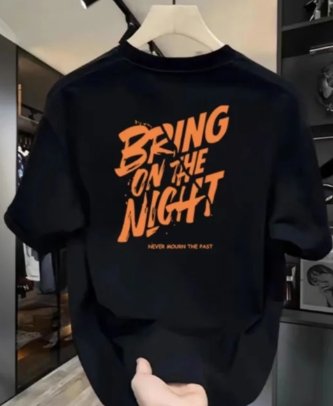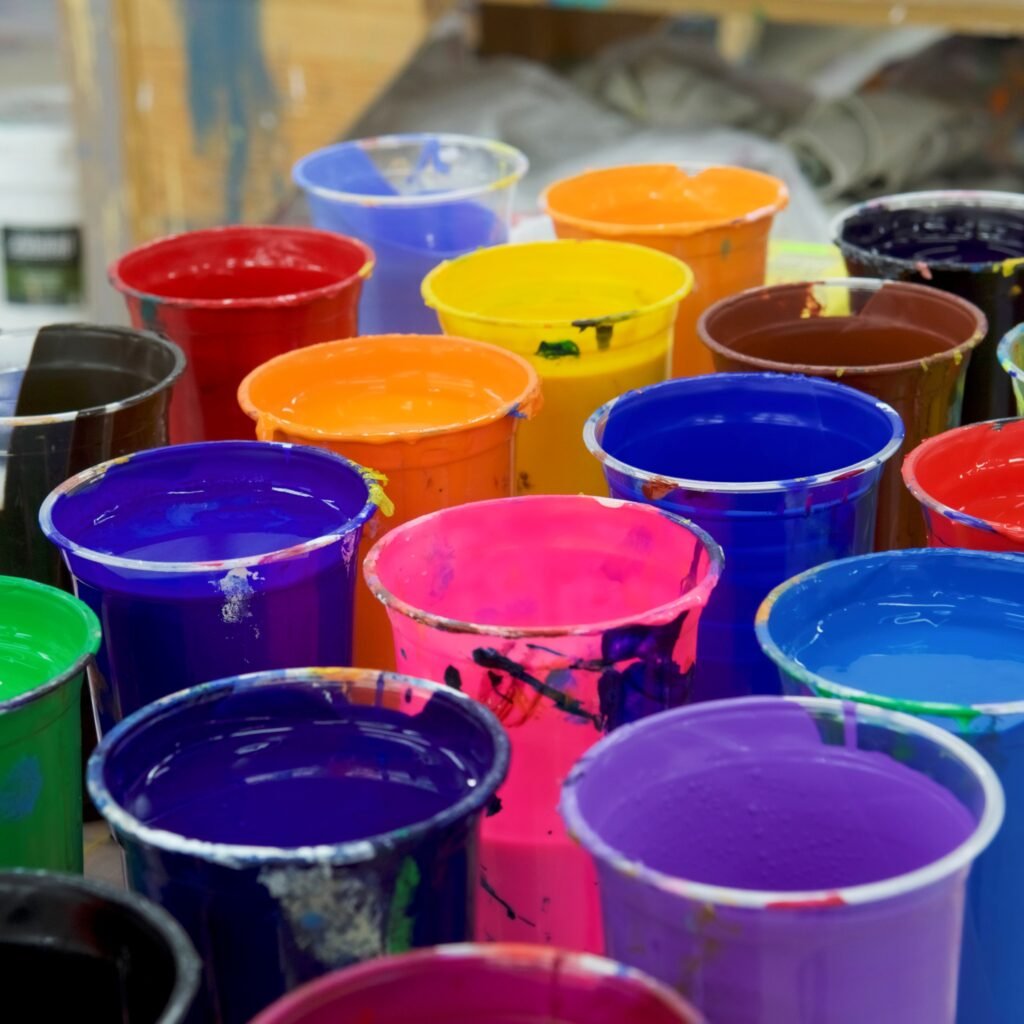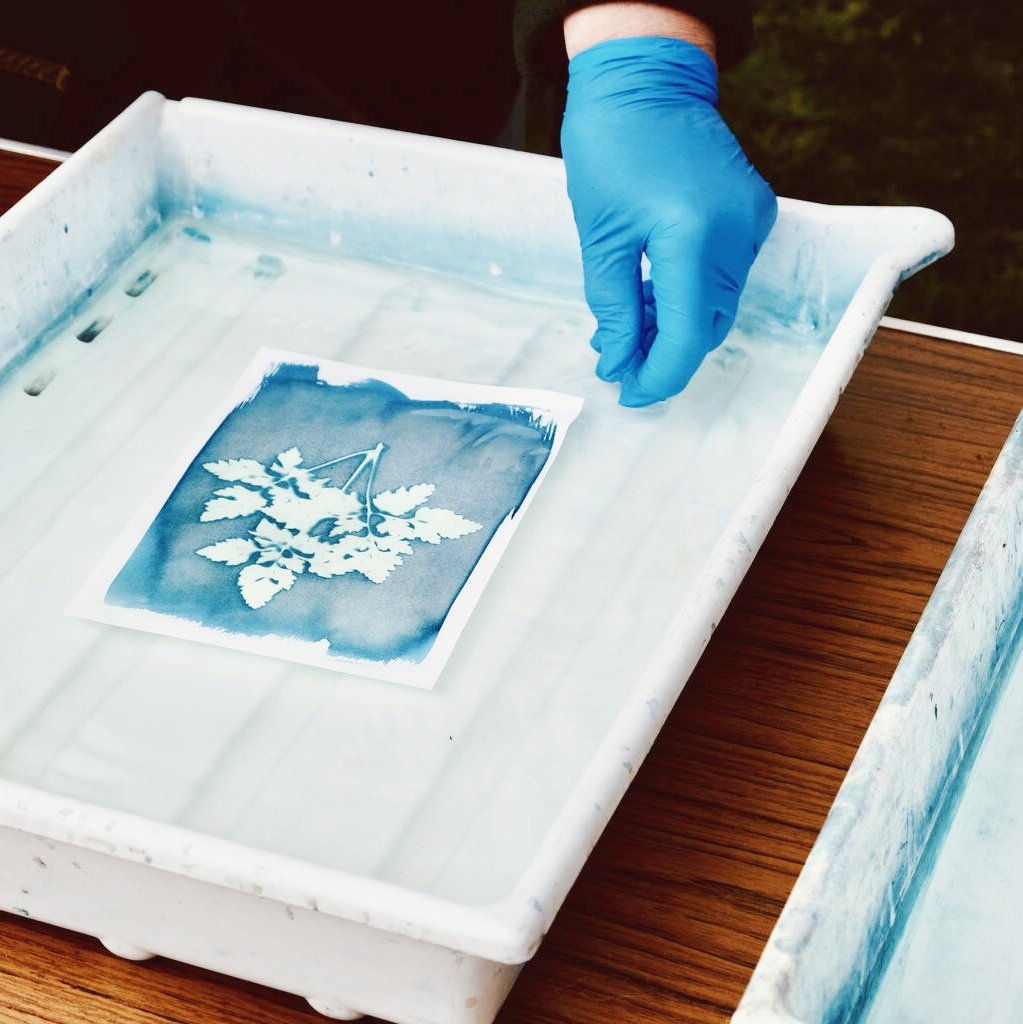In the realm of screen printing, ink mixing is an art form that allows printers to create unique and eye-catching designs. Whether you’re a seasoned professional or a beginner looking to experiment with new techniques, the question often arises: Can I mix glitter plastisol ink with other types of inks? This article will delve into the intricacies of mixing glitter plastisol ink, examining its compatibility with various ink types, the best practices for achieving optimal results, and the potential pitfalls to avoid. By the end, you’ll have a comprehensive understanding of mixing glitter plastisol ink and how to incorporate it into your screen printing projects.
Understanding Glitter Plastisol Ink
Mixing glitter plastisol ink involves combining particles of glitter with a plastisol ink base. Plastisol inks are known for their durability, opacity, and vibrant colors, making them a popular choice for screen printing on fabrics like T-shirts and athletic wear. Glitter adds a shimmering, eye-catching effect that can elevate designs to new heights. However, mixing glitter with plastisol ink requires care and precision to ensure a smooth, consistent application.
Key Considerations for Mixing
Before diving into the mixing process, it’s crucial to consider the following:
- Particle Size: The size of the glitter particles can affect the consistency and flow of the ink.
- Ink Viscosity: Glitter can alter the viscosity of the ink, potentially causing clogging in screen mesh.
- Compatibility: Not all inks mix well with glitter, so testing is essential.
Mixing Glitter Plastisol Ink with Other Plastisol Inks
When mixing glitter with plastisol ink, you have the luxury of working within a compatible ink system. Plastisol inks are formulated to mix seamlessly with each other, allowing for a wide range of color combinations and effects.
Matching Colors and Consistency
- Color Matching: Mixing plastisol ink colors to achieve the perfect shade is a common practice. When adding glitter, start with a small amount and gradually increase until you achieve the desired level of shimmer.
- Consistency: Ensure the glitter particles are evenly distributed throughout the ink to prevent clumping and maintain a smooth flow.
Tips for Successful Mixing
- Use a Mixer: Investing in a good ink mixer can save time and energy, ensuring an even blend.
- Test Prints: Always perform test prints to assess the appearance and performance of the mixed ink.
- Storage: Once mixed, store the glitter plastisol ink in a sealed container to prevent settling and maintain consistency.
Mixing Plastisol Ink with Water-Based Ink
Mixing plastisol and water-based ink is generally not recommended due to their fundamental differences in chemistry and application. Plastisol inks are oil-based and require heat to cure, while water-based inks are water-soluble and dry at room temperature.
Incompatibility Issues
- Curing Process: Mixing the two types of inks can lead to uneven curing, resulting in cracked or washed-out prints.
- Adhesion Problems: Water-based inks may not adhere properly to fabrics pre-treated for plastisol inks.
Alternatives for Achieving Unique Effects
While direct mixing isn’t feasible, there are alternatives:
- Overprinting: Print with water-based ink first, let it dry, and then overprint with plastisol ink for added texture or color.
- Use of Additives: Some manufacturers offer additives that can give plastisol inks a water-based-like appearance or feel without compromising their durability.
Mixing Plastisol Ink Colors
Mixing plastisol ink colors is a fundamental aspect of screen printing that allows for endless creative possibilities. When adding glitter to the mix, it’s essential to maintain a balance between color vibrancy and glitter shimmer.
Color Theory Basics
- Primary Colors: Understanding how primary colors (red, blue, yellow) mix to create secondary and tertiary colors is crucial.
- Opacity and Transparency: Some colors are more opaque than others, which can affect the appearance of glitter particles.
Practical Tips for Color Mixing
- Use a Color Wheel: A color wheel can be a helpful tool for visualizing color combinations and predicting outcomes.
- Gradual Blending: Start with small amounts of each color and gradually add more until you reach the desired hue.
- Record Ratios: Keep a record of the ratios used for each color mix to replicate successful combinations in the future.
Mixing Plastisol Ink for Screen Printing
Screen printing is a versatile process that can accommodate a wide range of ink types and mixing techniques. When mixing plastisol ink for screen printing, consider the following best practices to ensure optimal results:
Preparing the Screen
- Mesh Selection: Choose a screen mesh that’s suitable for the ink viscosity and the size of the glitter particles.
- Tape-Up: Use tape to secure the edges of the screen and prevent ink leakage.
Printing Techniques
- Flood Stroke: Apply an even, consistent layer of ink across the screen with a flood stroke.
- Squeegee Pressure: Adjust the pressure on the squeegee to control the amount of ink deposited on the substrate.
- Drying and Curing: Follow the manufacturer’s guidelines for drying and curing times to ensure the ink sets properly.
Conclusion
In summary, mixing glitter plastisol ink can add a dazzling element to your screen printing designs, but it requires careful consideration of compatibility, color matching, and consistency. While mixing glitter with other plastisol inks is generally feasible and can yield stunning results, mixing plastisol with water-based inks is not recommended due to inherent incompatibilities. By adhering to best practices and thoroughly testing your ink mixtures, you can unlock the full potential of glitter plastisol ink and create designs that stand out from the crowd.



